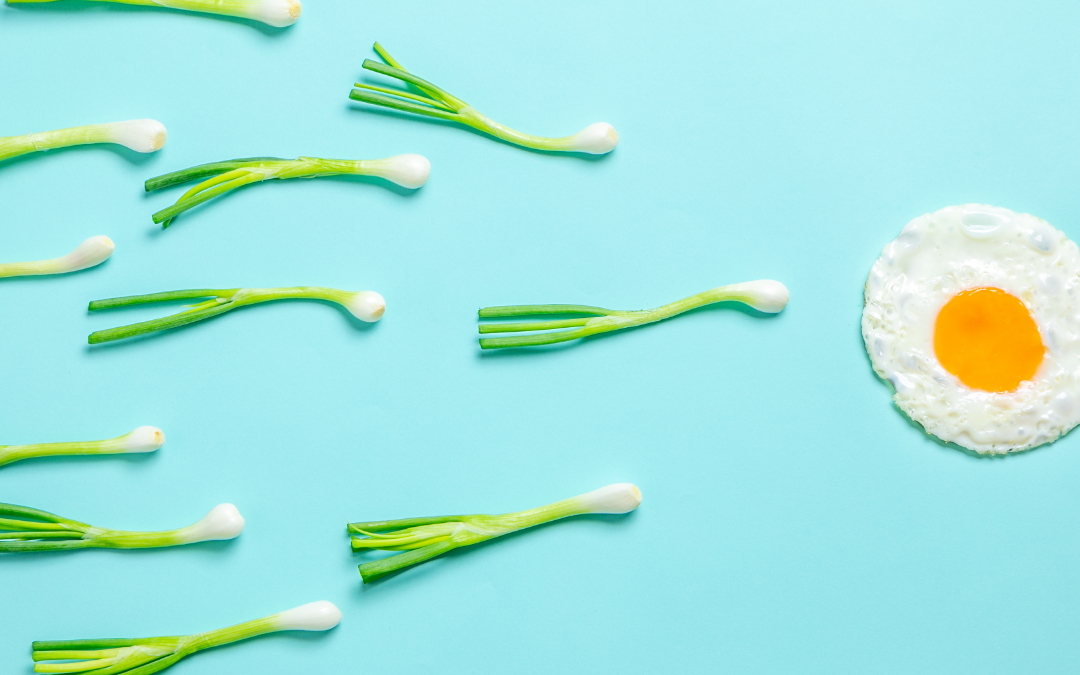In the process of natural conception, sperm are deposited into the vagina, travel through the cervix and into the uterus and then up the fallopian tubes where they encounter an egg; fertilization then occurs in the fallopian tube. As the cervix naturally limits the number of sperm that enter the uterus, only a small percentage of sperm in the ejaculate end up making it to the fallopian tubes for potential fertilization. Intrauterine insemination (IUI) is a process where sperm are deposited directly into the uterus thereby increasing the number of sperm available to potentially fertilize an egg or eggs. It is a relatively simple and inexpensive procedure that is performed in an office setting. IUI is very different than in-vitro fertilization (IVF); while IVF involves removing eggs from the body and fertilizing them outside the body, IUI simply makes sperm more available for natural conception to take place.
IUI can be helpful in cases of unexplained infertility, mild male factor infertility, anovulation (not ovulating), cervical problems such as a cervical narrowing which prevents passage of sperm into the uterus, sexual dysfunction which prevents completion of intercourse and when using donor sperm. IUI is not helpful in cases of severe male factor infertility or any condition that compromises both fallopian tubes (possible causes of compromised fallopian tubes include endometriosis, prior pelvic infection and adhesions from prior pelvic surgeries).
IUI can be performed in a natural cycle or can be combined with oral or injectable medications that increase the number of available eggs for fertilization (this also increases risk for multiple pregnancy). IUI can also be combined with ultrasound monitoring of the developing eggs and uterine lining and trigger injections to stimulate final maturation of the egg and ovulation. In all cases, the sperm is deposited into the uterus right around the time of ovulation (preferably right before ovulation).
Sperm for insemination are typically collected by masturbation into a sterile cup provided by the clinic. In some situations a special condom can be used for collection. Donor sperm is provided to the clinic as a frozen sample which is thawed shortly before the insemination procedure. Sperm specimens are processed to separate sperm from the rest of the seminal fluid and remove proteins that may be irritating if introduced into the uterus. The process of separating and washing the sperm involves centrifuging the sperm in a solution that contains antibiotics and protein supplements. The process maximizes the number of motile sperm that are available for insemination. Sperm separation and washing typically takes 60-90 minutes.
The actual insemination is a quick and mostly painless procedure (some women may have a bit of cramping, similar to menstrual cramps, as the catheter is passed through the cervix). The patient is positioned on an exam table such as if she were going to have a pap test. The sperm sample is loaded into a syringe and the provider and patient together do a check of the sample identity. A very small catheter (plastic tube) is inserted through the cervix and into the uterus and the sperm are released. After the insemination the patient is free to carry on with their day. Studies do not show any benefit of bed rest for any period of time after the procedure, however resting for 10 minutes or so is certainly an option if the patient wishes.
As with anyone trying to conceive, it is recommended that alcohol be avoided and that women check with their provider regarding any medications (prescription or over the counter) while waiting to see if they are pregnant. A daily folic acid or prenatal vitamin is recommended. A pregnancy test can be taken 2 weeks after the insemination procedure.
Success rates for IUI vary widely depending on the cause of infertility, age of the woman and whether medications are used to increase the number of eggs ovulated. If IUI is going to be successful, it is more likely to work in the first few cycles. After 3-4 cycles, chances for success decrease, however there are some caveats to this depending on the reason for doing IUI.
The cost of IUI will vary depending on whether ovulation induction and/or trigger medications are used, whether ultrasounds are done to monitor the growth of follicles and whether partner or donor sperm is used; costs also vary from clinic to clinic. A reasonable expectation for each IUI cycle is $500-$1200, a bit higher if using donor sperm due to the cost of purchasing sperm.
Reference: Intrauterine Insemination (IUI) fact sheet from reproductivefacts.org, the patient education website from the American Society for Reproductive Medicine.

